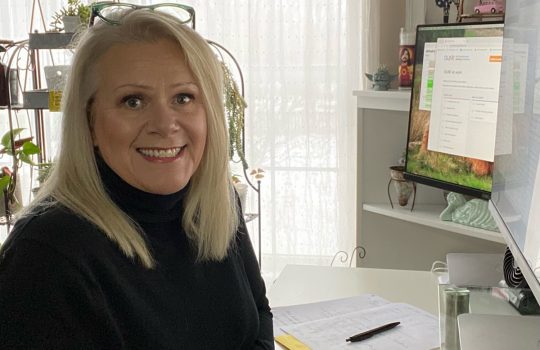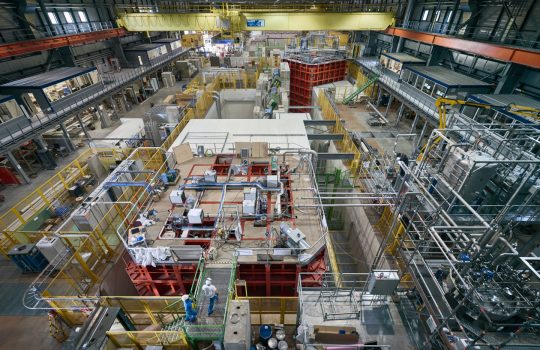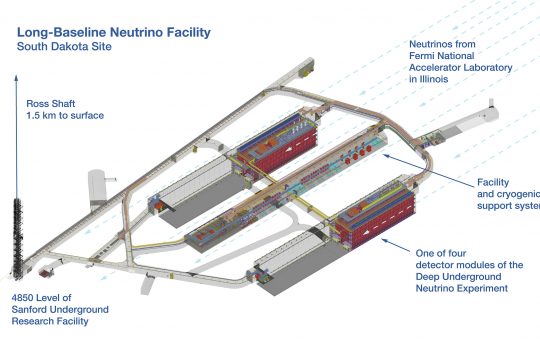UK scientists build core components of global neutrino experiment
- Deep Underground Neutrino Experiment
- detector
- detector technology
- DUNE
- international collaboration
- neutrino
- Science and Technology Facilities Council
- STFC
- United Kingdom
Engineers and technicians in the UK have started production of key piece of equipment for a major international science experiment. The UK government has invested $89 million in the international Deep Underground Neutrino Experiment. As part of the investment, the UK is delivering a series of vital detector components built at the Science and Technology Facilities Council’s Daresbury Laboratory.





